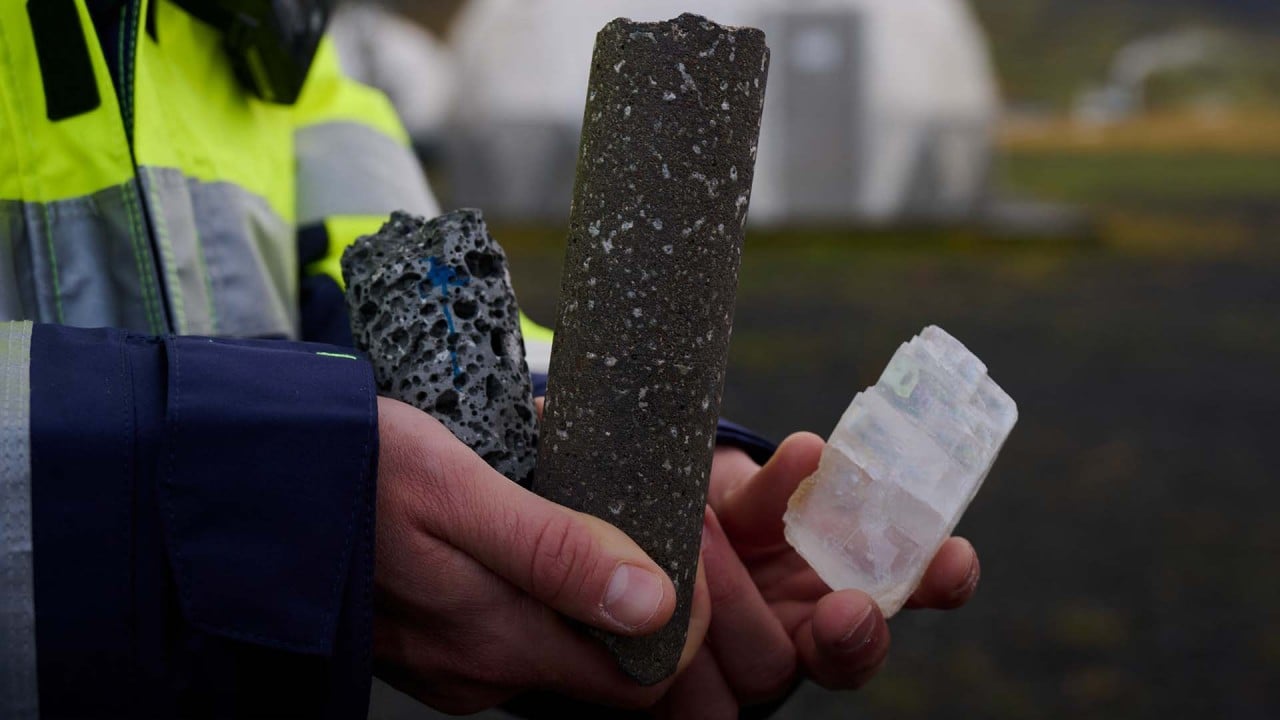Explainer | CCS, CCU and CDR: what are these carbon capture technologies and how do they fight climate change?
- To limit global temperature rise by up to 2 degrees Celsius, the IPCC has outlined 541 ways, all of which involve the removal of vast amounts of carbon dioxide
- The global capacity of carbon capture and storage projects is expected to jump tenfold to more than 550 million tonnes a year by 2030, according to Rystad Energy

With the climate crisis rapidly deteriorating, it has become clear that slowing down greenhouse gas emissions alone is not going to cut it.
Carbon removal technologies such as carbon capture and storage (CCS), carbon capture and utilisation (CCU) and carbon dioxide removal (CDR) have increasingly come into the focus of policymakers and companies because of their potential to reduce or bring about negative carbon emissions.
Here’s what you need to know about carbon removal technologies:
What are CCS, CCU and CDR?
CCS refers to processes that directly capture carbon dioxide emissions from “point sources” such as fossil-fuel power plants or industrial facilities, with the carbon dioxide subsequently being stored for a long period. CCU refers to the process of utilising the captured carbon dioxide in secondary processes such as synthetic fuels, chemicals and materials.
While CCS and CCU can reduce the addition of carbon dioxide into the atmosphere, CDR refers to processes that capture carbon dioxide from the atmosphere instead of simply reducing its emissions, and storing it durably on land, in the ocean, in geological formations or in products where it can be stored like concrete. Often known as “negative emissions”, CDR also includes conventional methods such as afforestation and reforestation, and novel methods such as biochar, bioenergy carbon capture and storage (BECCS) and direct air carbon capture and storage (DACCS).
Why are carbon removal technologies important?
The Intergovernmental Panel on Climate Change (IPCC) in a report last April highlighted 541 pathways to limit the global temperature rise to 1.5 or 2 degrees Celsius above pre-industrial levels. All of them involve substantial levels of carbon dioxide removal, ranging from 450 to 1,100 billion tonnes between 2020 and 2100.


